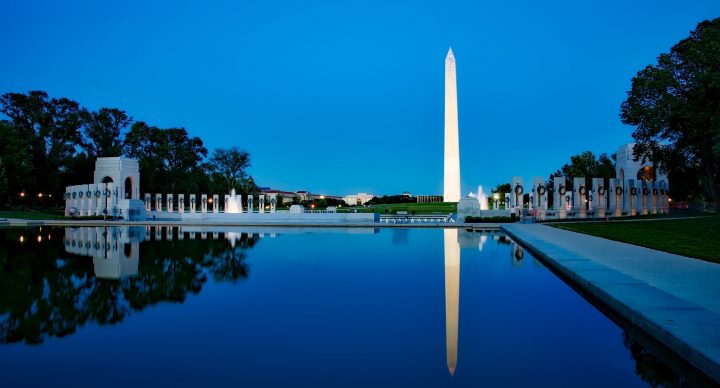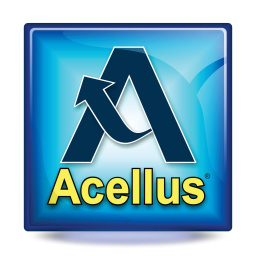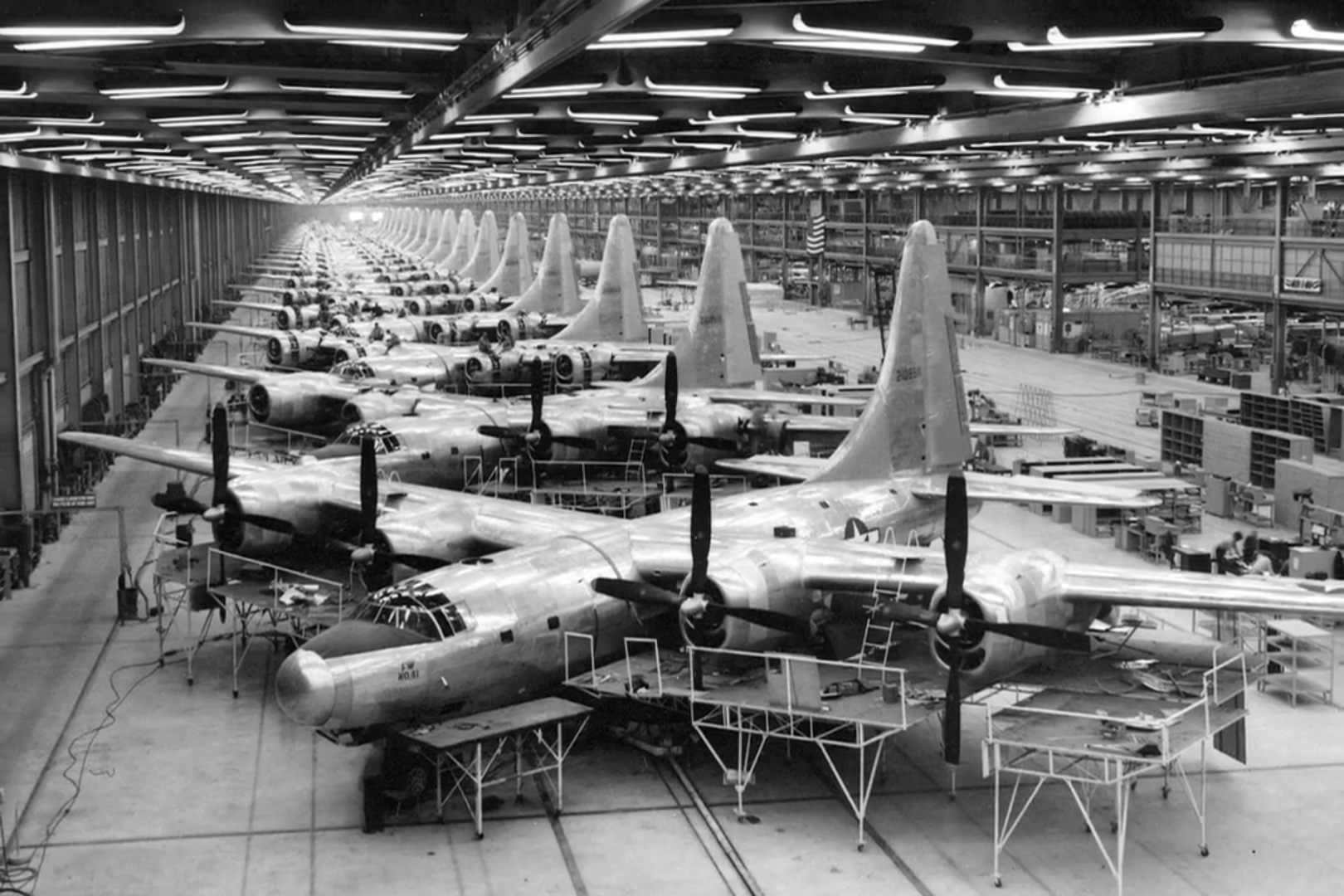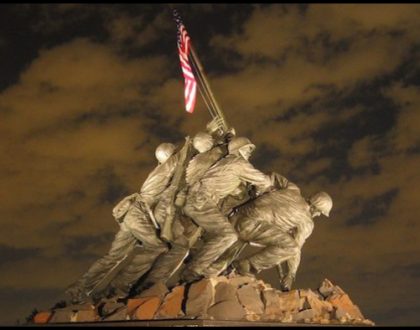AP United States History

Course Features
Course Duration: Full Year
Assessment: Pre-Test, Lesson Practice, Unit Exams, Mid-Term Exam, Final Exam
Language: English
Course Details
Course Overview
AP United States History, taught by Todd Edmond, has been audited and approved by College Board to provide students with college-level learning experience. In this course, students learn about the developments that have shaped United States history through the critical analysis of historical events and materials. California A-G approved.
 This course was developed by the International Academy of Science.
Learn More
This course was developed by the International Academy of Science.
Learn More
Sample Lesson - World War II: Mobilization
Scope and Sequence
Unit 1 Students begin this course by contextualizing Period 1 of the history of the United States. They discuss the early inhabitants of the Americas and American Indian Empires. They learn about the first European contact, and how the world of the Europeans and the world of the early inhabitants of the Americas collided. They consider the Columbian exchange and the arrival of conquistadors. They explore labor, slavery, and caste in the Spanish Colonies. They investigate cultural interactions in the Americas, and review Chief Powhatan's speech to John Smith in 1609. After contextualizing Period 2, students explore the arrival of England. They discuss Jamestown and the Virginia Colony. They investigate the regions of the British Colonies and the interactions between natives and the English. They study the Carolinas, religious diversity in the Colonies, and resistance to colonial authority. They consider transatlantic trade and slavery in the British Colonies. They discover the Enlightenment (the Great Awakening). They examine colonial society and colonial governments, and they consider John Winthrop's City Upon a Hill speech. Unit 2 In this unit students start with the contextualization of Period 3. Next, they study the French and Indian War. They discuss taxation without representation, and consider the philosophical foundations of the US Revolution. They explore the imperial crisis, the resistance to Britain, the influence of revolutionary ideals, and the war for independence. Students review the Articles of Confederation. They examine the shaping of the new republic. They evaluate the federal constitution, how the American identity was developed, and movement in the early republic. They contemplate Washington's farewell address. Unit 3 Putting Period 4 into context begins this unit, after which students gain understanding of federalists and anti-federalists. They contemplate the rise of political parties, the Jeffersonian Era, and America's entrance onto the world stage. Students study the War of 1812. They explore education for women, expanding democracy, Andrew Jackson, and federal power. They investigate the development of the American culture and the Second Great Awakening. They scrutinize the growth of slavery. They survey African-Americans in the early republic. They review Isn’t I a Woman, by Sojourner Truth. Unit 4 Beginning their study of Period 5, students contextualize it. They learn about the transportation revolution, manifest destiny, and the national market economy. They explore class, including immigration, nativism, and planters. Unit 5 In this unit students study the transformation of politics, evangelical protestant revivalism, and social reform. They explore transcendentalism and utopia, as well as literary and artistic expression. They consider western migration, territorial gain, and the Mexican war. Unit 6 Next students study the Compromise of 1850 and its failure. They analyze slavery argument and compromise. They analyze the 1860 election. They explore the two societies that fought in the Civil War, as well as this war’s military conflicts and government policies. They discuss emancipation and its effects, as well as the effects of the war on the North and on the South. They investigate reconstruction and the African-American role in post-Civil War America. They examine the Compromise of 1877 and the failure of reconstruction. They review the Emancipation Proclamation. Unit 7 Students begin this unit by contextualizing Period 6. They explore the new South. They investigate technological innovation and the expansion of the railroad system. They study the people of the West and compare the US with the Natives. They discuss the corporate world, labor unions, and social Darwinism. They consider migration, immigration, and responses to immigration in the Gilded Age. They learn about the development of the middle class. They examine urbanization. They contemplate reform in the Gilded Age. They analyze politics of the Gilded Age, as well as the political machines. They ponder cultural movements and review The Gospel of Wealth by Andrew Carnegie. Following this unit students are presented with the Mid-Term Review and Exam. Unit 8 Students begin their study of Period 7 by contextualizing it. They study the origins of progressive reform, the agenda of progressives, progressive presidents, and women in relation to progressivism. Next, they turn to American imperialism and the imperialism debate. They discuss the Spanish-American War, war in Europe, World War I at home, the military and diplomacy of World War I, and the Treaty of Versailles. Unit 9 In this unit students explore the economy. They study the decade of the 1920s, including its innovations in communication and technology, as well as its cultural and political controversies. They consider modernism, fundamentalism, and the struggle for equality. Unit 10 Students next investigate the causes of the Great Depression. They learn about the Hoover Administration. They study the New Deal and its critics. They explore the American Society and the Interwar Foreign Policy. Unit 11 Next students examine the rise of fascism. They learn about the Holocaust. They study the road to war and the mobilization of America in World War II. They discuss the Japanese Internment Camps. They investigate the US Military during World War II, the multi-front war, and the dropping of the atomic bomb. They consider global power, the war economy, the end of the Great Depression. They evaluate civil rights and liberties, as well as the expansion of government power. Unit 12 In this unit students learn about the Greatest Generation. They study postwar diplomacy and review a diary entry on the Atomic Bomb by Harry S. Truman. They contextualize Period 8 and explore the origins of the Cold War. They discuss containment. They investigate the Cold War from 1945 to 1980. They consider the Asia problem, diplomatic strategies, and the Red Scare and its impact on society. They evaluate modern civil rights, suburbia, and the economy and culture after 1945. The scrutinize the early steps of the civil rights movement. They talk about rebels, and ponder changes to society. Unit 13 Students ponder the New Frontier and the Great Society. They observe how the civil rights movement expands. They consider confrontations, the Vietnam War, the Great Society, and the counterculture. They study the youth of the 1960s, the silent majority, and Nixon's America. They discuss changes in the Economy. They explore the environment and natural resources. They investigate society in transition in the 1970s, and review the Letter from Birmingham Jail by Dr. Martin Luther King, Jr. Unit 14 In this unit students begin by contextualizing Period 9. They consider the Reagan Revolution. They discuss the end of the Cold War and the changing economy. They study migration and immigration in the 1990s and 2000s. They explore demographic changes and revolutions in technology. They explore politics, globalization, foreign policy, and terrorism. They investigate environmental issues and challenges of the 21st century. They review Ronald Reagan's Tear Down This Wall speech, as well as the speech that George W. Bush gave on 9/11/2001. Following this unit, students are presented with the Final Review and Exam.
This course does not have any sections.
More Courses by this Instructor
26959
13030
9016






